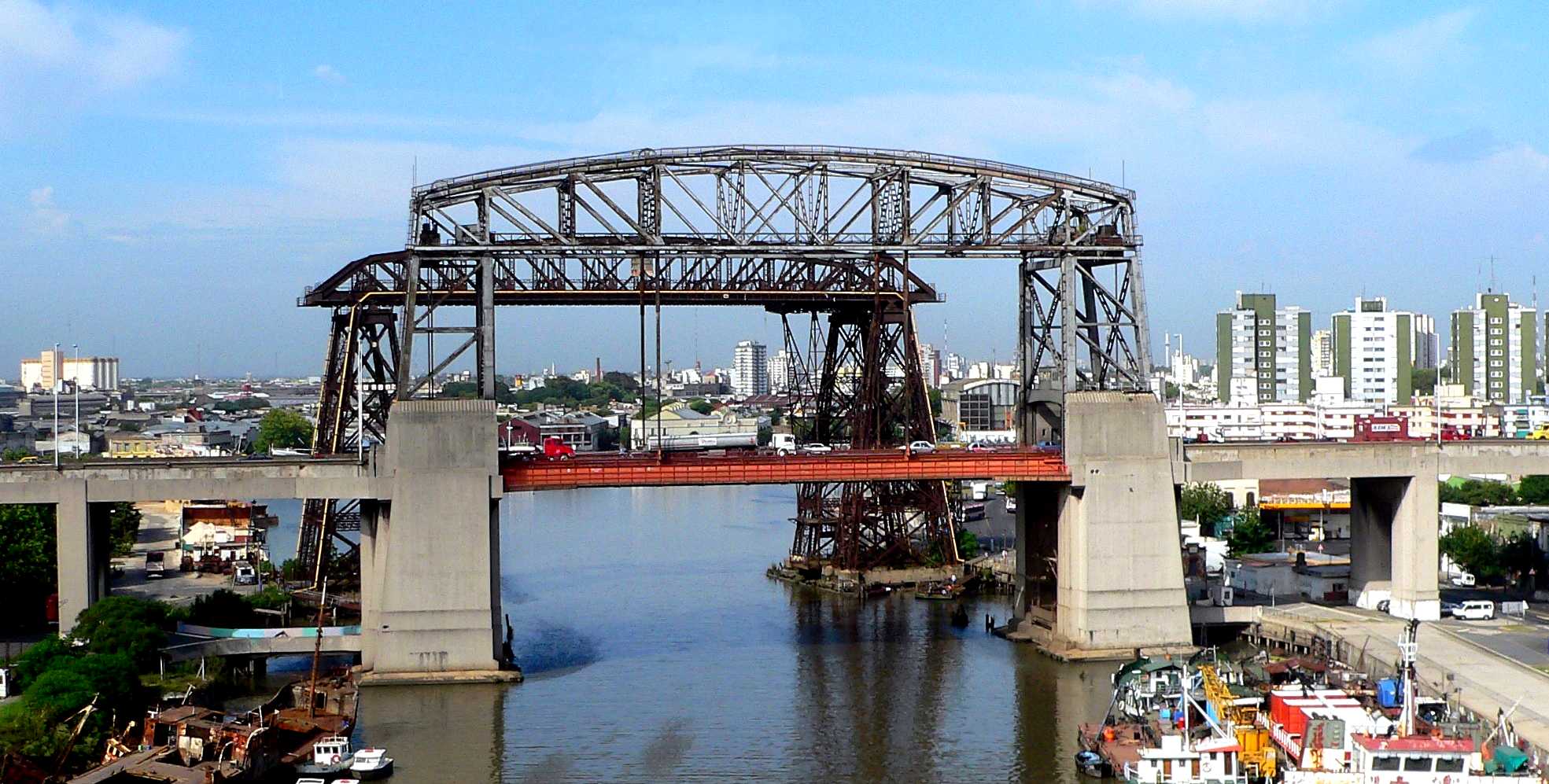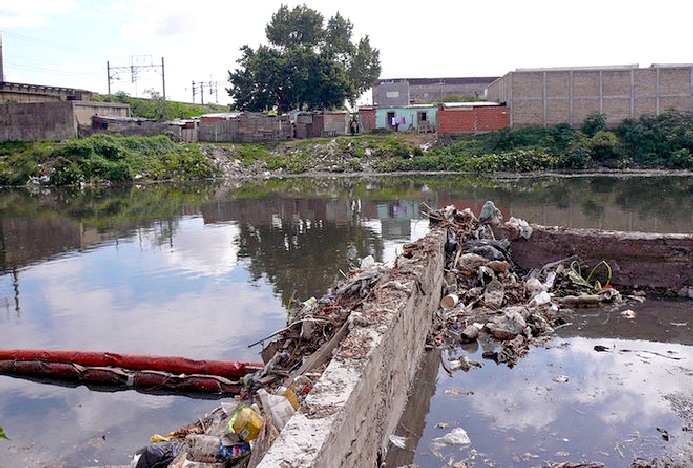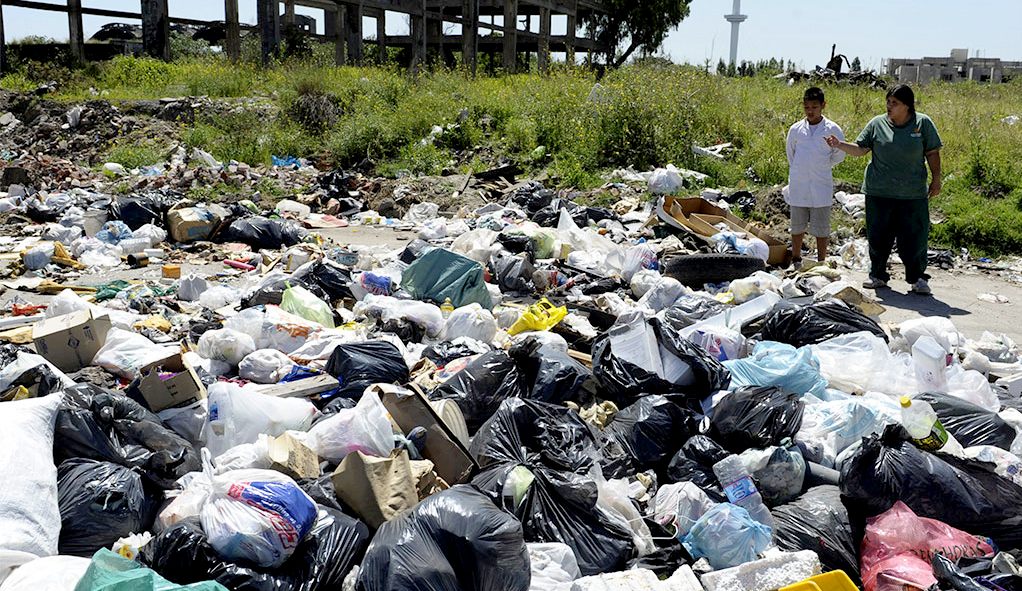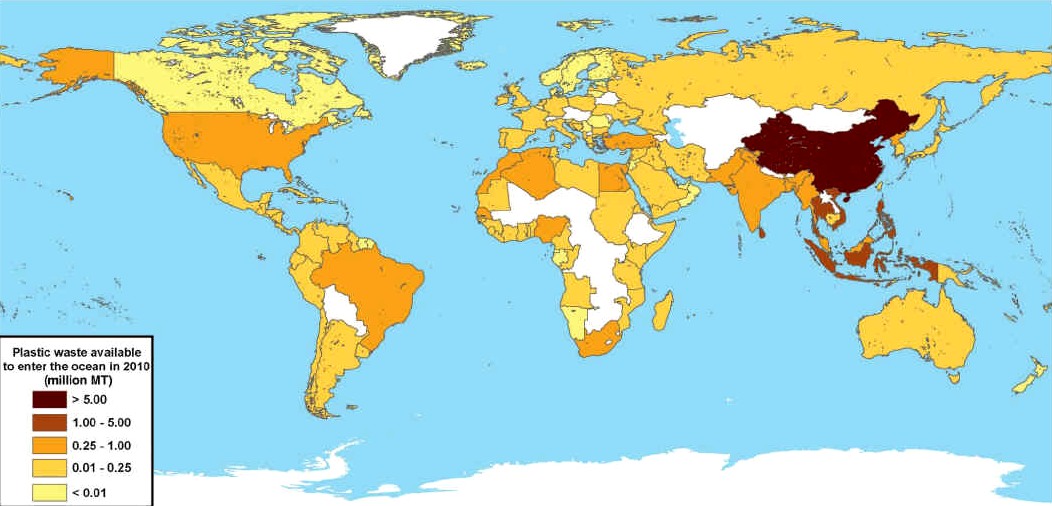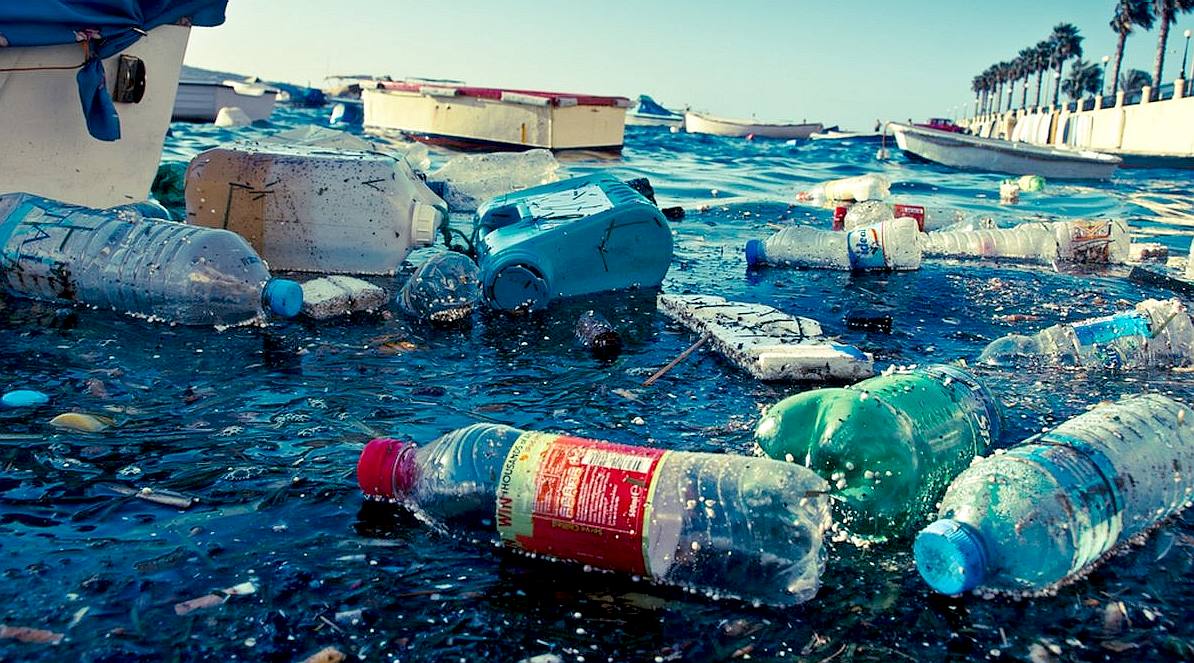|
MANTANZA RIACHUELO
PLEASE USE OUR A-Z INDEX TO NAVIGATE THIS SITE |
||||||||||||||||||||||||||||||||||||||||||||||||||||||||||||||||||||||||||||||||||||||||||||||||||||||||||||||||||||||||||||||||||||||||||||||||||||||||||||||||||||||||
S - Accordin
The Mantanza-Riacheulo is known by several names, including, in Spanish, Río de la Matanza ("the slaughter river" in English), Río Matanza ("slaughter river"), Río Mataderos ("slaughterhouses river"), Río de la Manzana ("the apple river") or simply Riachuelo ("little river").
It is a 64-kilometre (40 mi) stream in Argentina that originates in the Buenos Aires Province and defines the southern boundary of the Buenos Aires federal district. It empties into the Río de la Plata between Tandanor and Dock Sud. The La Boca neighbourhood and the Boca Juniors football club are located near the Riachuelo's mouth. The Spanish word boca means "mouth".
From its source down to La Noria Bridge on Avenida General Paz, the river is usually referred to as Río La Matanza, and from that point onwards as Riachuelo. Approximately 3.5 million people live in its drainage basin of 2,240 km2 (865 sq mi).
The Matanza receives large amounts of industrial waste from the numerous factories along the river, especially tanneries, which makes the Matanza/Riachuelo a polluted river. Among the most dangerous contaminants are heavy metals and waste water from the basin's saturated layers.
A contentious political subject since at least the 1862–68 administration of President Bartolomé Mitre, the Riachuelo's plight has attracted the attention of other public figures, notably artist and Greenpeace activist Nicolás García Uriburu, who dyed the waterway green in 1970, and on World Water Day (March 22) in 2010, to draw attention to the problem.
Critics have also noted that this cleanup was in vain, as all that was done was to remove sunken ship hulls, but nothing was done to prevent newly abandoned ships from sinking.
Around ninety percent (90%) of plastics in the ocean comes from just 10 rivers. Nine of these rivers are located in Asia and one of them borders Thailand.
The top 10 most polluted rivers in the world have one thing in common – they are located alongside large human populations with poor waste management (PWM) systems.
ON THE BANKS - Plastic waste abounds on the banks of this river. Without proper recycling this resource will be washed out to sea where it will kill marine life.
Every
year the world, produces 300 million tonnes of plastics, and 8.8 million tonnes of these are dumped into the oceans. That’s about 40 billion plastic
bottles, 100 billion single-use plastic bags, and 522 million personal care items. If you know a seriously polluted river, or one that should be a candidate on a bigger list, please contact Cleaner Ocean Foundation.
The rivers noted, added to hundreds of other lesser contributors feed the five ocean gyres to poison marine life and cover the seabed in a mountain of plastic.
JAMBECK 2010 - Global map with each country shaded according to the estimated mass of mismanaged plastic waste [millions ofmetric tons (MT)] generated in 2010 by populations living within 50 km of the coast. 192 countries were considered. Countries not included in the study are shaded white.
LINKS & REFERENCE
https://
|
||||||||||||||||||||||||||||||||||||||||||||||||||||||||||||||||||||||||||||||||||||||||||||||||||||||||||||||||||||||||||||||||||||||||||||||||||||||||||||||||||||||||
|
ABS - BIOMAGNIFICATION - CANCER - CARRIER BAGS - COTTON BUDS - DDT - FISHING NETS - HEAVY METALS - MARINE LITTER - MICROBEADS MICRO PLASTICS - NYLON - OCEAN GYRES - OCEAN WASTE - PACKAGING - PCBS - PET - PETROLEUM - PLASTIC - PLASTICS - POLYCARBONATE POLYOLEFINS - POLYPROPYLENE - POLYSTYRENE - POLYTHENE - POPS - PVC - SHOES - SINGLE USE - SOUP - STRAWS - WATER
AMAZON - AMUR - BRANTAS - BURIGANGA RIVER - CITARUM RIVER - CONGO - CROSS - DANUBE - DONG - CUYAHOGA - GANGA - GANGES - HAI HE -
HANJIANG - HUANGPU - IMO - INDUS - IRRAWADDY - IRTYSH - RIVER JORDAN - KWA IBO - LENA - MAGDELENA - RIVER MANTANZA-RIACHUELO
MARILAO - MEKONG - MISSISSIPPI RIVER - NIGER - THE RIVER NILE - PARANA - PASIG - PROGO - SARNO - SERAYU - SOLO - TAMSUI
THAMES - XI - YAMUNA - YANGTZE RIVER - YELLOW - ZHUJIANG PEARL
PLEASE USE OUR A-Z INDEX TO NAVIGATE THIS SITE
|
||||||||||||||||||||||||||||||||||||||||||||||||||||||||||||||||||||||||||||||||||||||||||||||||||||||||||||||||||||||||||||||||||||||||||||||||||||||||||||||||||||||||
|
This website is provided on a free basis as a public information service. copyright © Cleaner Oceans Foundation Ltd (COFL) (Company No: 4674774) 2024. Solar Studios, BN271RF, United Kingdom. COFL is a company without share capital.
|
